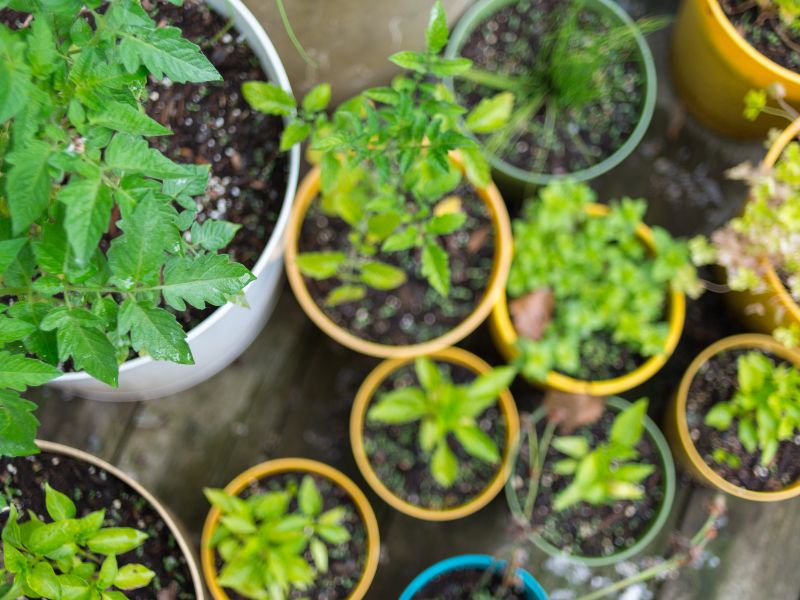Prepping Your Fall Garden

“Land, then, is not merely soil; it is
Aldo Leopol
a fountain of energy flowing through
a circuit of soils, plants and animals.”
Healthy gardens begin with healthy soil. Compost adds nutrients and beneficial microbes, holds water and encourages plant growth. In Southern California, we live in awonderful climate that supports year-round vegetable gardens. It also means that we’re gardening in drought conditions. Here are some gardening tips to help with your fall and winter planting. Because our climate stays above freezing (except for a few nights in January and February) it’s safe to plant vegetables in fall and winter.
Clean house
At the end of summer, spent plants should be removed and composted. Plants that are still producing can remain so you can continue enjoying the harvest.
Loosen the soil
The soil should be loosened. Use a pitchfork to loosen soil down to 12 inches. Once the pitchfork can be inserted easily, you are done.
Feed the soil
Feed any newly planted crop with an inch-and-a-half of compost. Continue to use compost as an amendment to provide nutrients, retain moisture and reduce water use.
Plant cool season crops
Cool season vegetables include beets, cabbage, broccoli, celery, cauliflower, turnips, garlic, peas, spinach, Brussels sprouts, peppers, green onions, beans, lettuce and radishes. Want to learn how to start your own organic, edible garden? Sign up for our four-week course, Gardening 101! Happy Planting!
